Indigo Plant Varieties: Learn About Different Indigo Plants
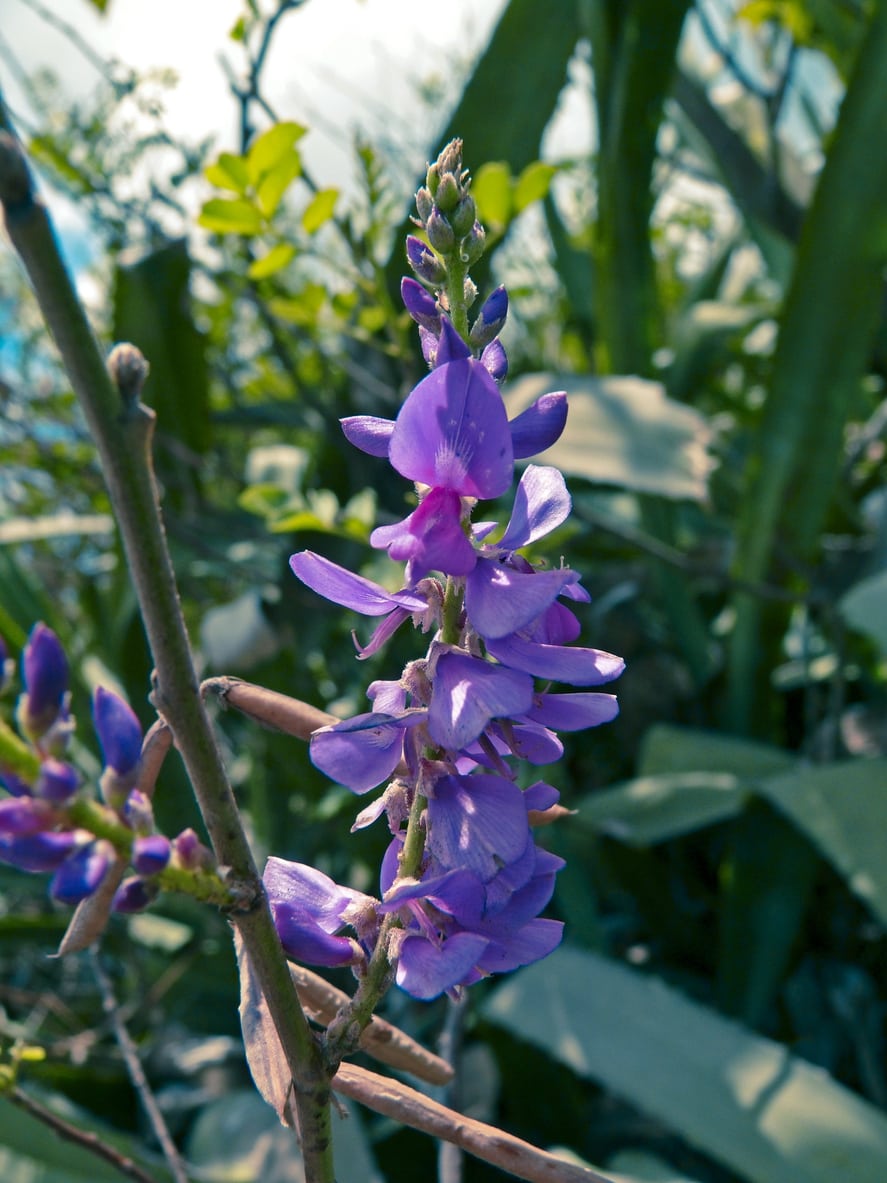

The popular color “indigo” is named after several plants in the genus Indigofera. These varieties of indigo are famous for the natural blue colors obtained from the plant leaves used to make a natural dye. Some indigo plant varieties are used medicinally, while others are beautiful and ornamental. Read on for more indigo plant information and an overview of the different indigo plants.
Indigo Plant Information
According to indigo plant information, these plants are native to subtropical as well as tropical locations around the world. They are members of the pea family. Some indigo plant varieties have beautiful flowers. For example, the flowers of Indigofera amblyanthan are soft pink racemes and cultivated for their ornamental beauty.
One of the most attractive indigo shrubs is Indigofera heterantha, with its long clusters of rosy purple, pea-like flowers. It is the leaves that make most types of indigo famous though. For many years, the leaves of certain indigo plants were used to make dye to color fabrics a rich blue. It was once the most commonly used natural dye in the world.
Making Dye from Varieties of Indigo
The blue dyestuff is produced by fermenting the leaves with caustic soda or sodium hydrosulfite. Several different indigo plants are used to make the blue pigment. These include true indigo, also called French indigo (Indigofera tinctoria), natal indigo (Indigofera arrecta), and Guatemalan indigo (Indigofera suffruticosa). These varieties of indigo were the center of an important industry in India.
The cultivation of indigo for dye slowed after synthetic indigo was developed. Now the dye is typically used by craftspeople. While synthetic indigo produces an even blue, natural indigo contains impurities that give beautiful color variations. The shades of blue you get from the dye depends on where the indigo was grown and in what weather.
Medicinal Types of Indigo
Several indigo plant varieties have been used medicinally, however, true indigo is the most common utilized species and was popular with the Chinese to clean the liver, detoxify the blood, reduce inflammation, alleviate pain, and reduce fever. Some indigo plants, however, like creeping indigo (Indigofera endecaphylla), are toxic. They poison grazing livestock. Other indigo plant varieties, when consumed by humans, can cause diarrhea, vomiting, and even death.
Gardening tips, videos, info and more delivered right to your inbox!
Sign up for the Gardening Know How newsletter today and receive a free copy of our e-book "How to Grow Delicious Tomatoes".

Teo Spengler is a master gardener and a docent at the San Francisco Botanical Garden, where she hosts public tours. She has studied horticulture and written about nature, trees, plants, and gardening for more than two decades. Her extended family includes some 30 houseplants and hundreds of outdoor plants, including 250 trees, which are her main passion. Spengler currently splits her life between San Francisco and the French Basque Country, though she was raised in Alaska, giving her experience of gardening in a range of climates.
-
 8 Noteworthy Native Azaleas Every Gardener Should Know – And Grow!
8 Noteworthy Native Azaleas Every Gardener Should Know – And Grow!Native azaleas offer brilliant blooms in a range of colors and sizes. Here are a few favorites to get inspired and start working on a native shade garden!
-
 Growing Climbing Roses: How To Create Elegant Displays With Maximum Blooms
Growing Climbing Roses: How To Create Elegant Displays With Maximum BloomsMaster the art of growing stunning climbing roses with this essential guide to creating vibrant, fragrant walls and structures all summer long.
-
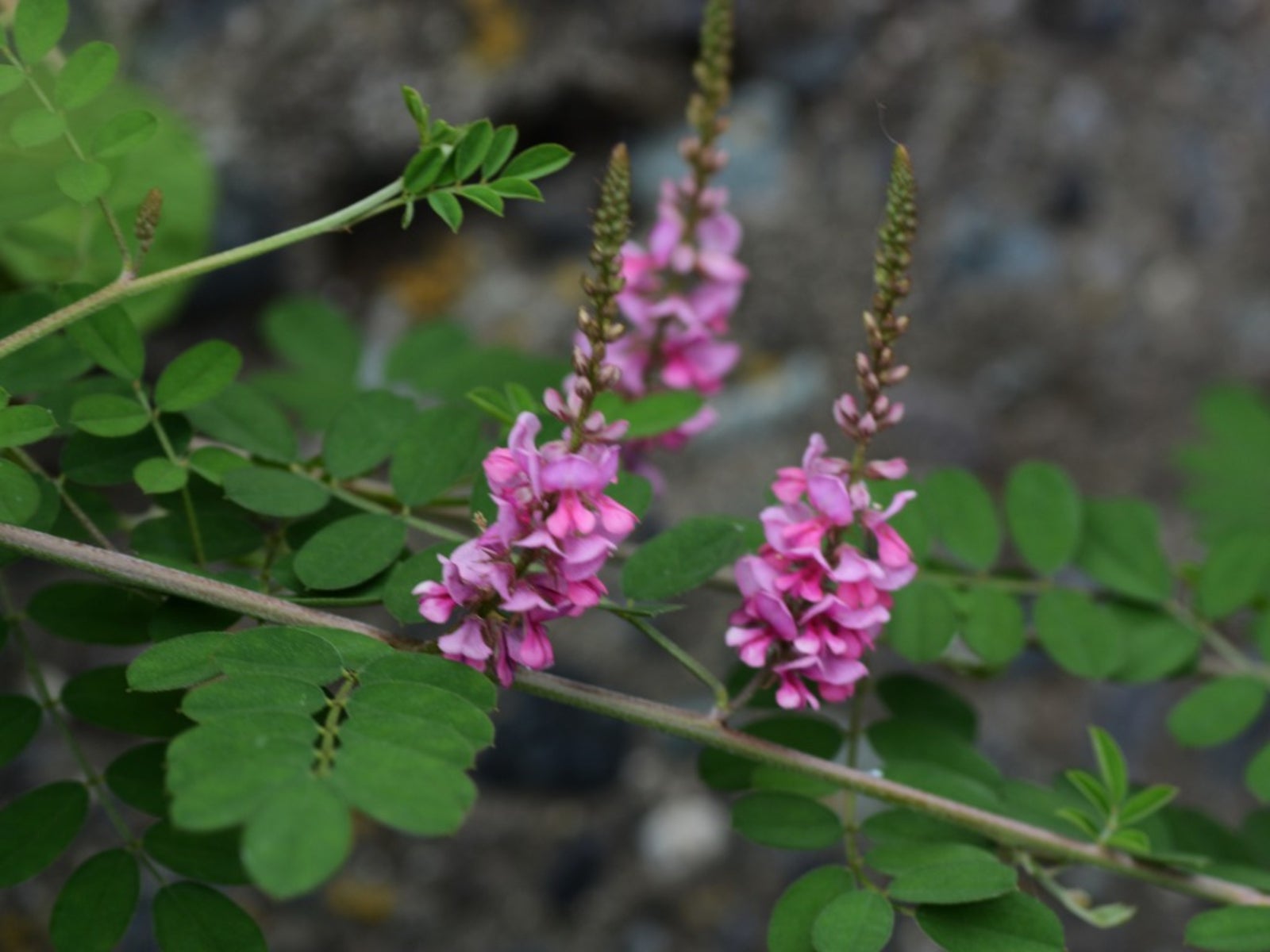 What Is True Indigo – Tinctoria Indigo Info And Care
What Is True Indigo – Tinctoria Indigo Info And CareIndigofera tinctoria, often called true indigo or simply just indigo, is probably the most famous and widespread dye plant in the world. It’s a wonderfully useful plant, however, and very much worth growing for the adventurous gardener and home dyer. Learn more here.
-
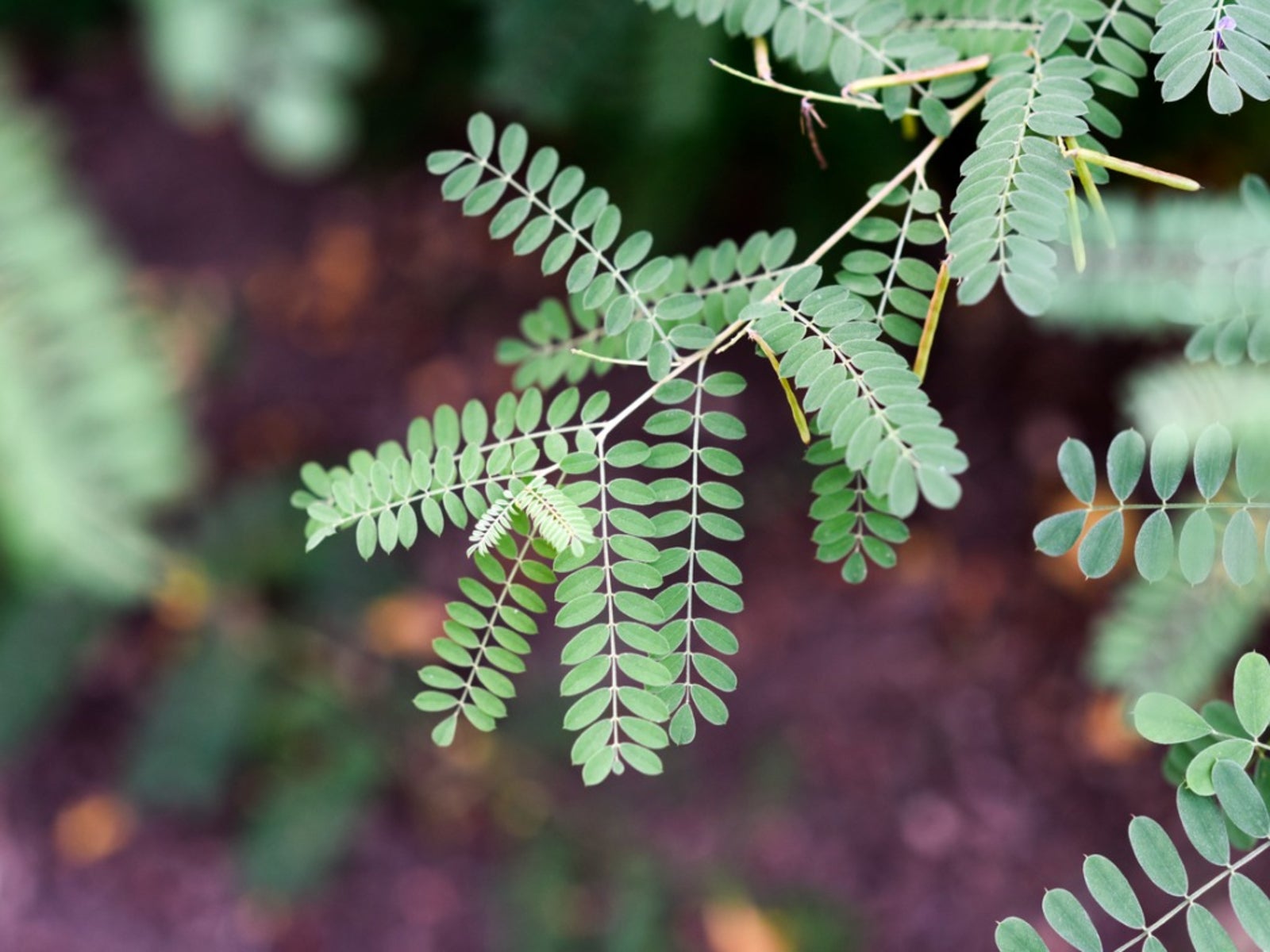 Indigo Plant Harvest – Tips On Picking Indigo For Dye
Indigo Plant Harvest – Tips On Picking Indigo For DyeAlthough the popularity of the natural dye stalled when a synthetic dye was developed, picking indigo for dye is making a comeback. If you want to learn how to harvest indigo to make your own dye, click here. We’ll tell you how and when to pick indigo plants.
-
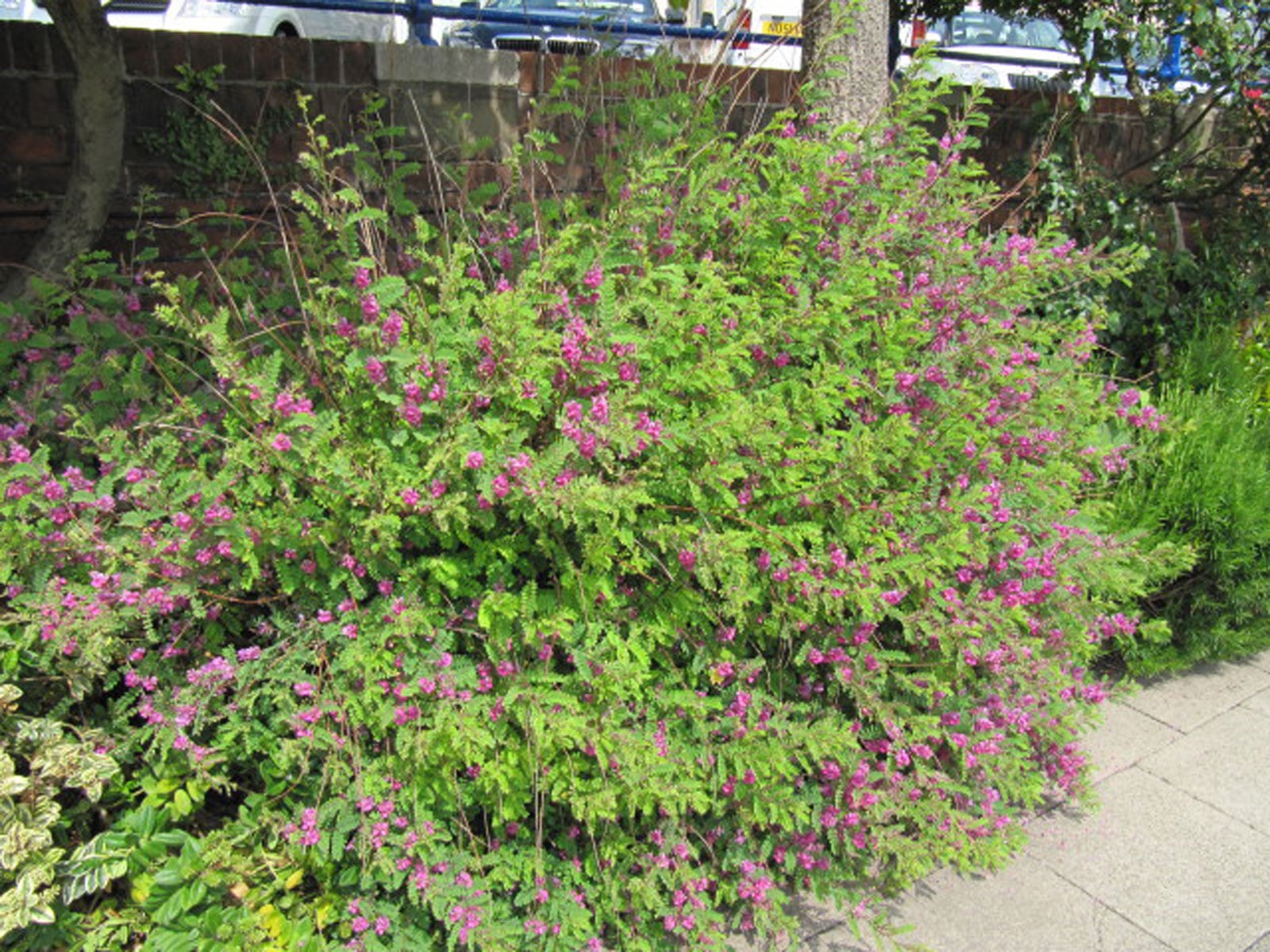 Watering Indigo Plants: Information On True Indigo Water Needs
Watering Indigo Plants: Information On True Indigo Water NeedsWhether you are growing indigo in your garden to make the dye or just to enjoy the pretty flowers and growth habit, indigo irrigation requirements are important to understand to help it thrive. This article will help with that. Click here for more information.
-
 Indigo Dyeing Guide – How To Dye With Indigo Plants
Indigo Dyeing Guide – How To Dye With Indigo Plants -
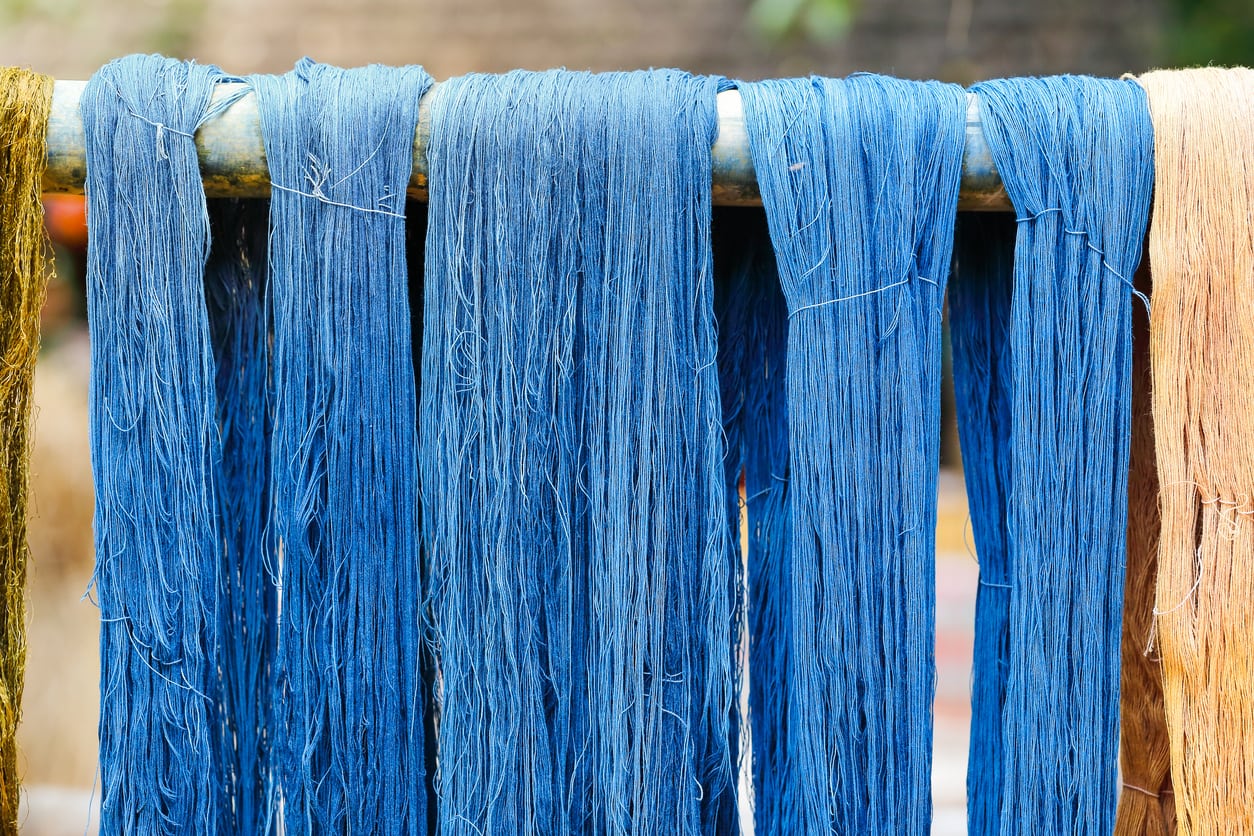 Dye From Indigo Plants: Learn About Making Indigo Dye
Dye From Indigo Plants: Learn About Making Indigo DyeUnlike other colors that could easily be obtained, blue remained a difficult color to recreate – until it was discovered that dye could be made from indigo plants. Making indigo dye, however, is no easy task. So, how do you make dye indigo plant dye? Learn more here.
-
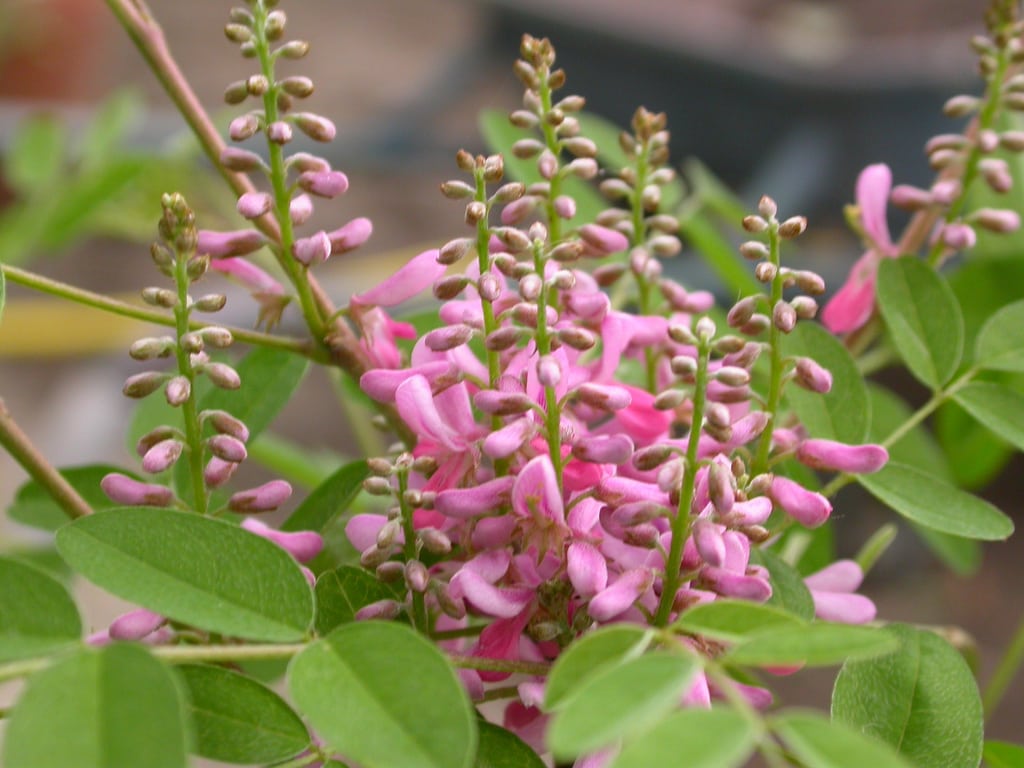 Indigo Plant Pruning – How To Prune Indigo Plants In The Garden
Indigo Plant Pruning – How To Prune Indigo Plants In The GardenGrowing indigo isn’t difficult as long as you can provide ample sunlight and warmth. However, pruning true indigo regularly keeps the plant healthy and attractive. Click here and we’ll explore indigo plant pruning and cutting back indigo.
-
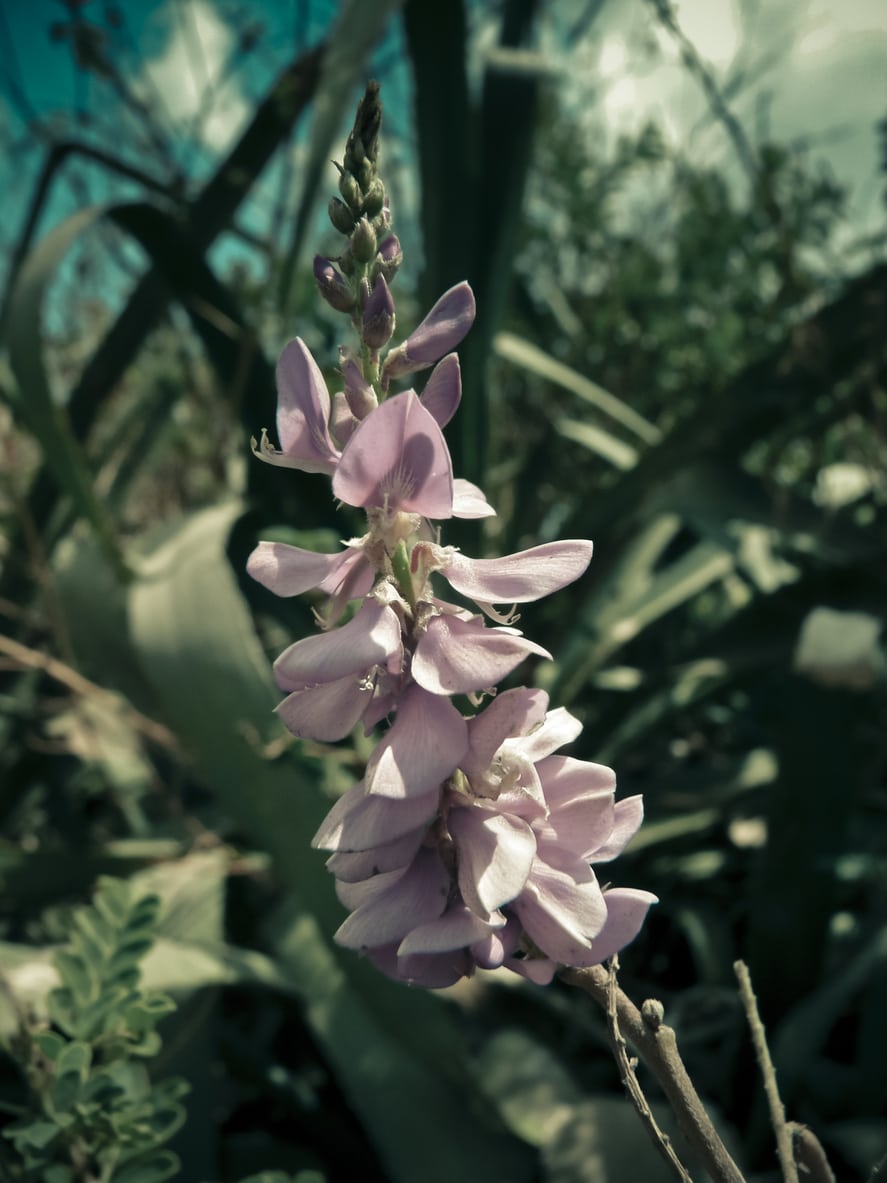 Indigo Seed Planting Guide: When To Sow Indigo Seeds
Indigo Seed Planting Guide: When To Sow Indigo SeedsTrue indigo (Indigofera tinctoria) can be grown successfully by seed for a pretty flowering shrub or to provide you with leaves to make a natural blue dye. Click this article for tips on how and when to sow indigo plant seeds in the garden.
-
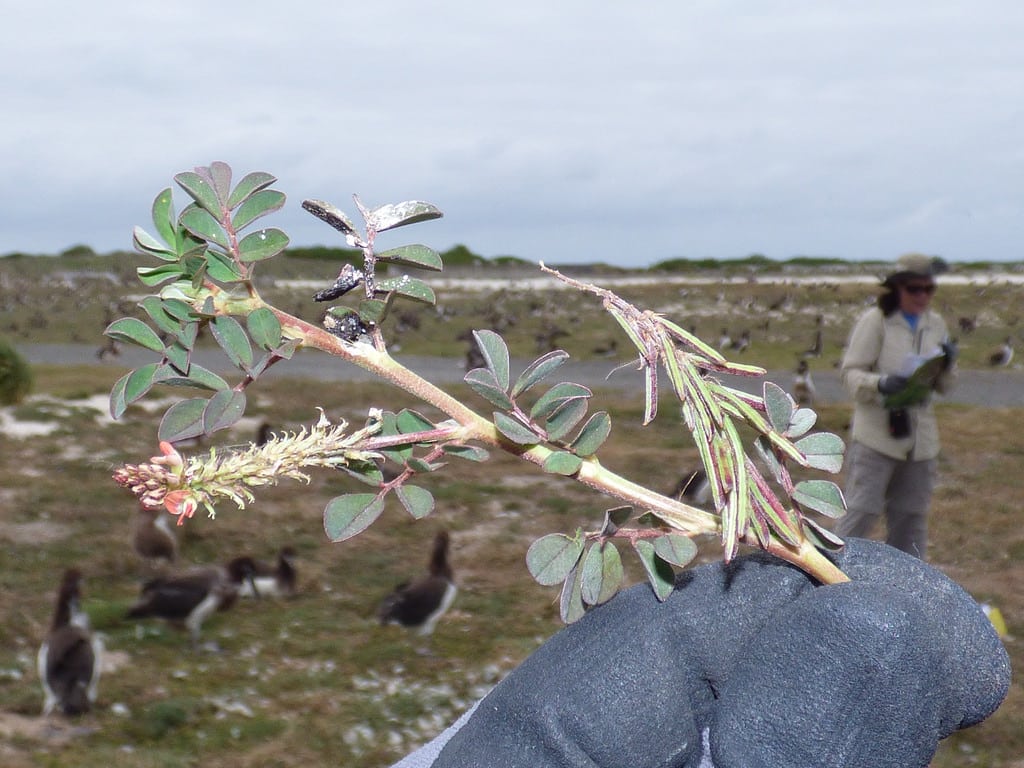 Indigo Insect Pests – Dealing With Bugs That Eat Indigo
Indigo Insect Pests – Dealing With Bugs That Eat IndigoOne reason indigo plants have so easily spread globally is because there are very few bugs that eat indigo. Learn more about pests of indigo plants in this article and find out if control measures are necessary.